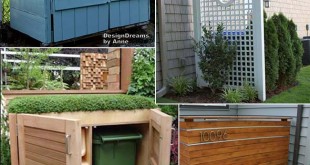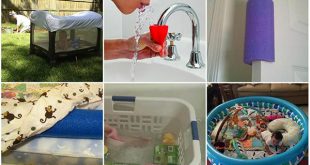How To Convert An Electric Water Heater To Run Off Solar
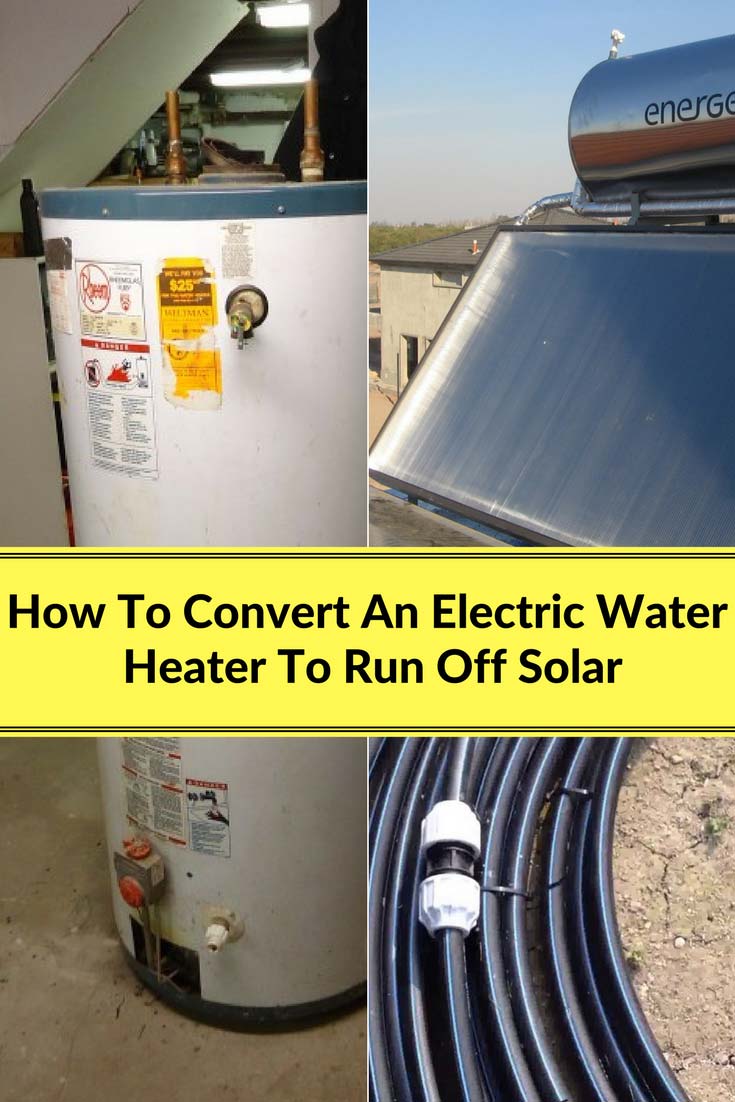
Maybe you want to get off the grid, or maybe you just want to save on your power bill. Whatever your initial motivation is, once you know all the advantages, you can rest assured that converting your electric water heater to solar is a rational, economical, and environmentally savvy decision. Home water heaters are energy hogs. According to the United States Department of Energy, home water heaters are typically the second largest user of energy among home appliances. So why not take advantage of all that freely available solar energy in the form of sunshine to help you cut energy costs? And don’t believe the rumor that solar powered appliances don’t work in the winter time. They work year round.
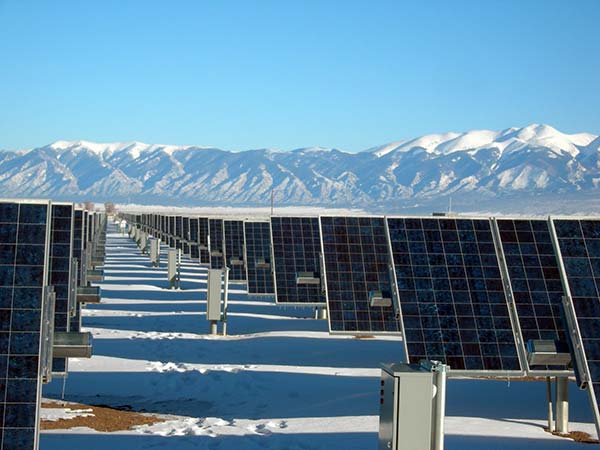
You’ve probably heard of using solar energy to supplement your electrical power, which is typically your largest energy expense. Well, the same principle applies here. You can also use solar power to supplement your second largest energy expense: your hot water. Setting it up is an inexpensive job that you can probably handle yourself and, once set up, the water panels are low maintenance. You simply have to do your research and carefully follow instructions. If your set up does not fulfill certain conditions, the conversion will not be effective, so be sure to read all instructions to the end.
Try not to be intimidated by the scope of the project. Just remember, heating water using the sun is among the most ancient of practices. Sunlight is the original source of heat. That said, it can be daunting to integrate this practice into your home water system. The process can appear complicated at first and involves many terms that might be unfamiliar to you. Just take a deep breath. With the help of careful instructions, preparation, and patience, the job should proceed smoothly and result in a new solar hot water system for your home.
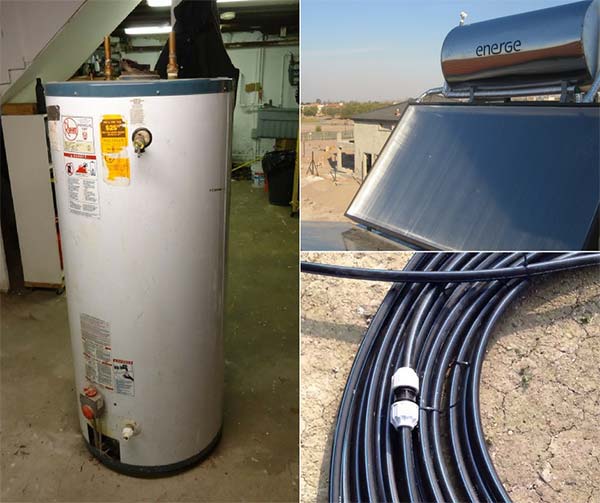
BASIC COMPONENTS OF A SOLAR WATER HEATING SYSTEM
There are two basic components to a solar water heating system: a tank to store water in and a collector, in the form of solar panels, to heat it. Put the collector in a sunny location close to the tank. The tank needs to be insulated and the system requires a circulation component to keep the water in the tank hot. There are several different solar panel designs that will function as collectors. They are typically installed on the roof to receive maximum sun exposure. The storage tank can either be near the solar panels, on the roof, or in a sheltered area at ground level.
TYPES OF WATER HEATING SYSTEMS
There are two basic types of water heating systems: active and passive. Active systems use a mechanism to circulate water whereas passive systems rely on convection for water circulation. The type of water heating system you choose will be based primarily on the location of your water tank. If the tank is above the collector, convection will work, but if the water tank is located at ground level, you will need to use an active water heating system to circulate the water.
There are also two kinds of configurations: open-loop and closed-loop. In an open-loop configuration, water feeds directly from the collector into the tank. Open-loop systems heat most efficiently and are low maintenance. With a closed-loop system, you retrofit the water heater with an internal coil and circulate freeze-resistant fluid, such as antifreeze.
OPEN-LOOP SYSTEMS CONFIGURATION
An open-loop direct heating configuration requires two tanks. One tank is for your electric water heater and the other is for the water to circulate. Most likely, you currently draw your hot water from your electric water heater.
To set up an open-loop configuration, you’ll need to split the cold water line. One branch will go to the storage tank and the other to the collector. The branch that goes to the collector will have a pump to circulate the water between the collector and the tank. A connecting pipe guides the heated water from the tank to the water heater.
These step by step instructions walk you through the process to ensure that your conversion from electric to solar power is a success.
Step 1
Examine the top of your water heater to see if there is a second spout. If there is not, you will need to obtain a water heater conversion component. Attach this component at the bottom of the water heater to the cold input line. If your water heater has a second input spout, then that spout will be the new hot water input.
Step 2
The second step is to physically install the . There are different types of water heaters. Choose the one that best suits your needs. Flat late collectors are a popular choice due to their adaptability to different environments. If you’re looking for a relatively simple system, you might go with a batch heater, however these are not ideal in very cold climates. If this conversion is for an industrial application or multi-unit building, your best bet would be an evacuated-tube collector, as these are the most efficient and pricy. Install the solar water heater somewhere with plenty of strong sunshine, such as the roof.
Step 3
The next step is to connect the water heater to the solar heater. There should be an input low on the side of the solar heater. Reroute the cold water through a pump to that input. There should also be a hot water output on top of the solar heater. Connect the hot water output to the new input on the water heater.
Step 4
You will need to install a sensor, separate from the one on your electric water heater. The sensor should respond to temperature fluctuations within the system and trigger the pump.
Step 5
Install a pressure release valve on top of the solar heater and near the output of the water heater. The old heater will retain the same output spout.
Step 6
This final step is unnecessary for those in very warm climates. Fill the solar heater with an anti-freezing fluid and connect the heater to a heat exchanger. If you are configuring your solar water heater in this way, then you will need to route the water line through the heat exchanger instead of through the solar water heater. Otherwise, the system setup is as described.
 Home and Gardening Ideas At home and Gardening ideas we believe inspiring readers about homesteading, self sufficiency
Home and Gardening Ideas At home and Gardening ideas we believe inspiring readers about homesteading, self sufficiency
